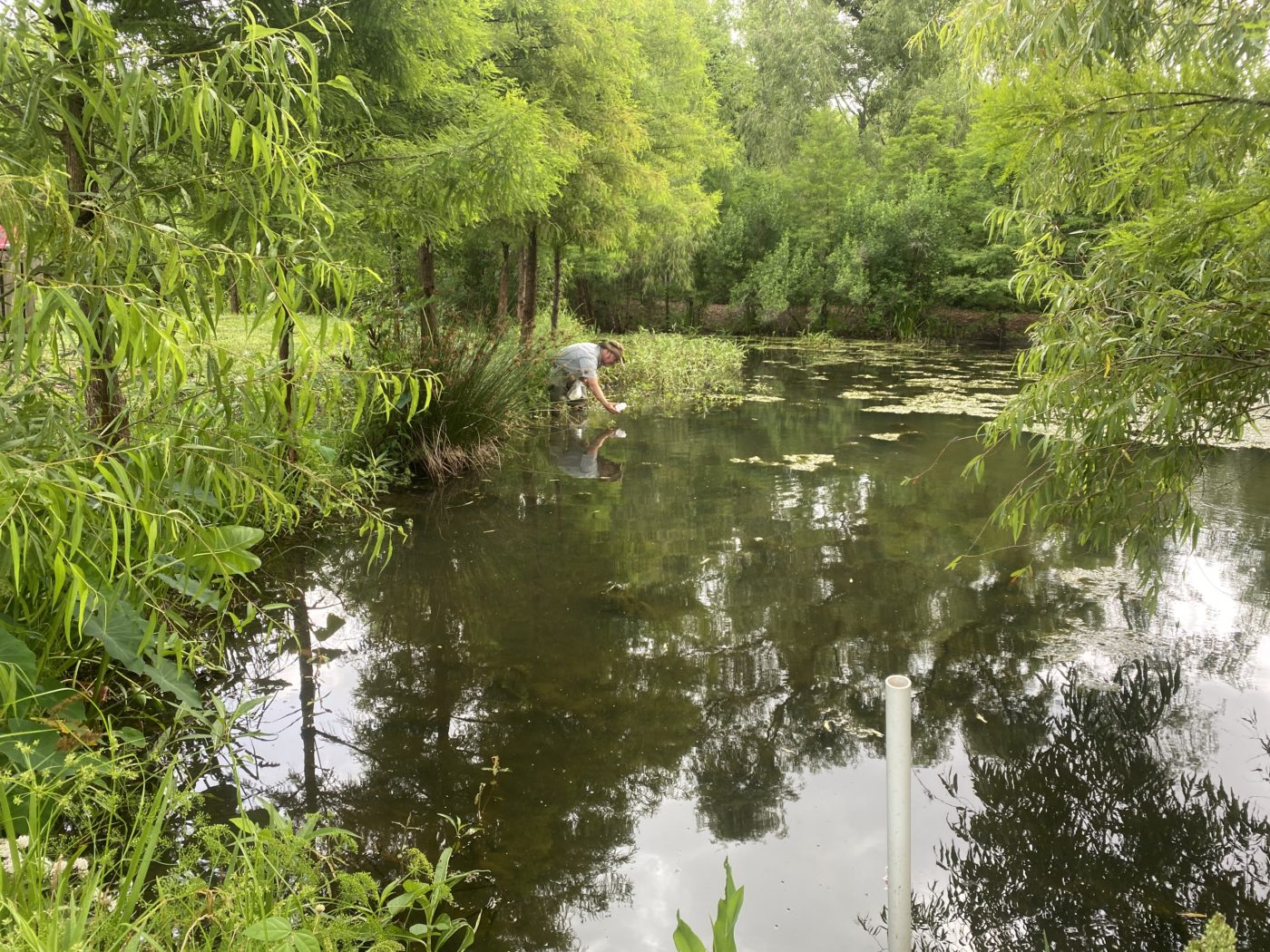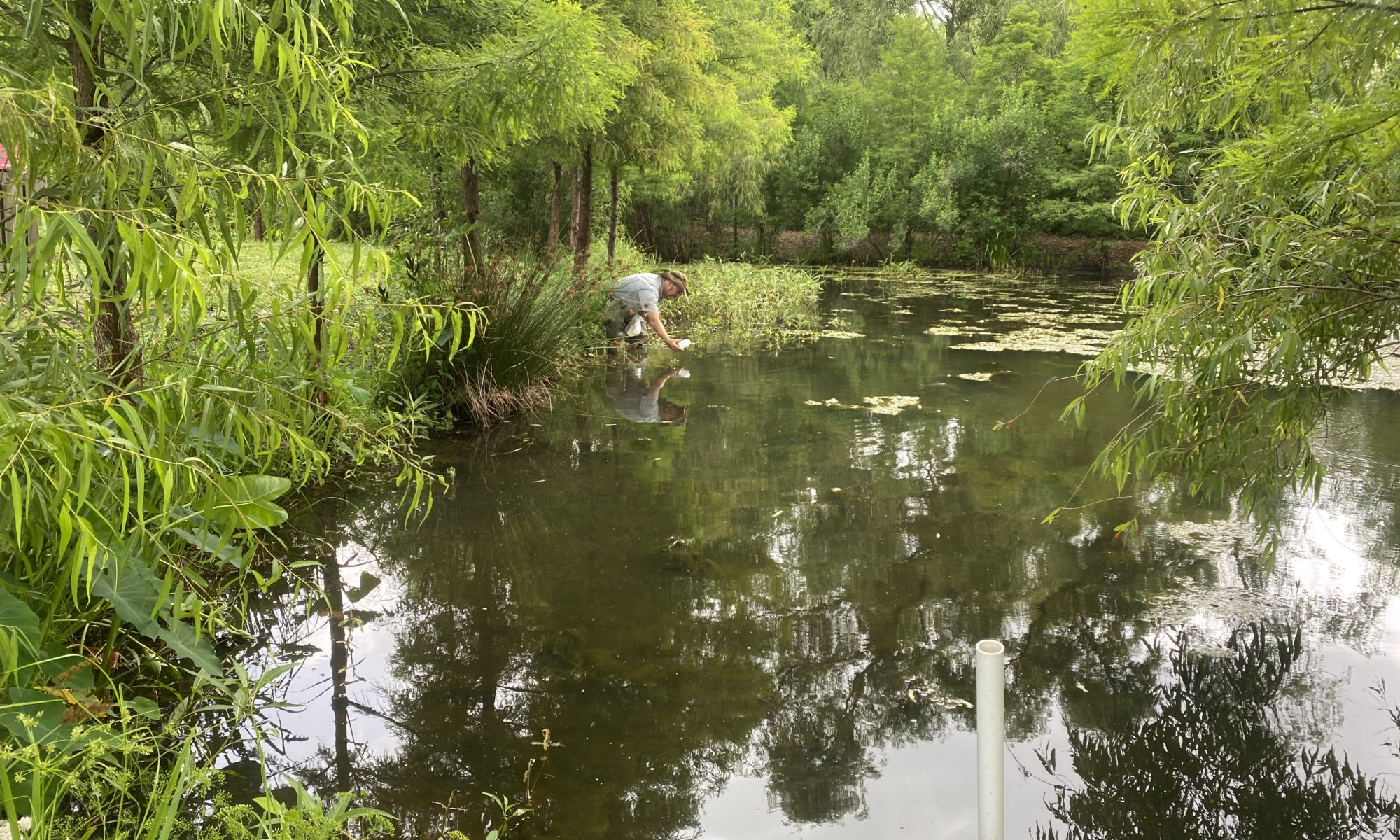A Phase 1 Environmental Site Assessment (ESA) is a critical and standard practice in real estate transactions, particularly when purchasing or financing commercial properties. This assessment plays a crucial role in identifying potential environmental liabilities associated with a property, offering invaluable insights for all parties involved in the transaction. The key reasons that that a Phase 1 ESA might be needed include:
- Securing Financing
- Regulatory Compliance
- Shield Against Liability
- Risk Management
One of the primary reasons for undertaking a Phase 1 ESA is its often-mandatory requirement for securing financing from lending institutions. Banks and financial entities seek assurance that the property being invested in doesn't harbor hidden environmental issues that could translate into financial risks down the road. By initiating a Phase 1 ESA early in the due diligence process, potential environmental concerns can be unearthed, allowing for well-informed decision-making by all involved parties.
The Phase 1 ESA serves as a crucial tool for ensuring regulatory compliance. It aids property buyers and developers in adhering to environmental regulations stipulated by agencies such as the Environmental Protection Agency (EPA). Failure to identify environmental liabilities can lead to legal and financial consequences. The assessment, by ensuring compliance with applicable environmental laws, acts as a preventive measure against these risks.
Additionally, the Phase 1 ESA acts as a protective shield against potential liability under the Comprehensive Environmental Response, Compensation, and Liability Act (CERCLA), commonly known as the Superfund law. Should environmental contamination be discovered at a later stage, having conducted a Phase 1 ESA provides a potential defense against being designated as a responsible party for the contamination, provided the assessment adhered to established standards.
Beyond compliance and liability protection, the Phase 1 ESA serves as a valuable tool for risk management. It offers stakeholders a comprehensive understanding of the environmental history of a property, encompassing its past uses and any potentially hazardous activities that may have transpired. With this information, stakeholders can make well-informed decisions regarding property acquisition, development, and ongoing operations, thereby minimizing the risk of unforeseen environmental issues.
In summary, a Phase 1 Environmental Site Assessment stands as an indispensable component of due diligence in real estate transactions. It furnishes crucial information for financial institutions, buyers, and developers, facilitating informed decision-making, ensuring regulatory adherence, managing environmental risks, and safeguarding against potential liabilities associated with the property in question. Embracing this assessment early in the process is not just a best practice; it's a strategic imperative for a robust and risk-aware approach to real estate transactions.




